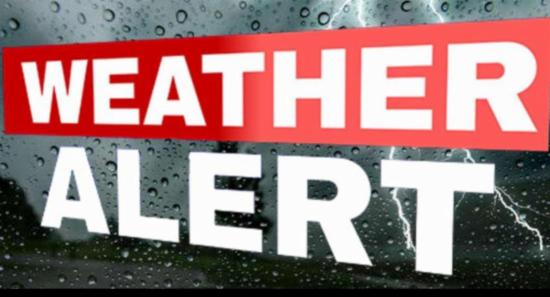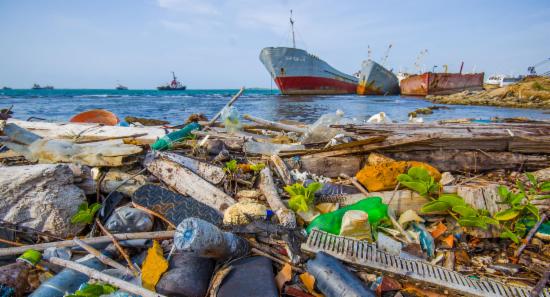.webp)
-816730.jpg)
Authorities Use LiDAR to Assess Risks in Lower Kadugannawa
COLOMBO (News 1st): The National Building Research Organisation (NBRO) has begun high-sensitivity monitoring of the Lower Kadugannawa area, where a rockfall tragically claimed six lives, using LiDAR technology.
LiDAR, a laser-based system used to detect terrain structure, elevation, and movement with high precision, is deployed using drones to survey the affected zone.
Director of the Landslide Research Division of the NBRO, Dr. Gamini Jayatissa, stated that the ongoing research will enable experts to recommend scientific and long-term solutions for the site.
Dr. Jayatissa also urged the public to avoid travelling through high-risk mountain roads during rainy days.
Meanwhile, the Colombo–Kandy lower road continues to remain closed from the Lower Kadugannawa section.
Kegalle District Secretary Jagath Herath said the decision was made after reviewing the condition of the slope following the landslide.
Police have introduced several alternative routes for motorists.
Accordingly, vehicles travelling from Colombo may reach Kandy via Kurunegala or via Karandupana.
In addition, motorists may also travel from Colombo through Mawanella, Hemmathagama, and Gampola to reach Kandy, or use the route from Mawanella via Ganethenna Junction, Kovil Kanda, and Pilimatalawa.
Deputy General Manager of the Sri Lanka Transport Board, P.H.R.T. Chandrasiri, said additional buses have been deployed from Kandy to several destinations through alternative routes due to the road closure.
Other Articles
Featured News





.png )

-816718_550x300.jpg)
-816711_550x300.jpg)
-816705_550x300.jpg)

-816693_550x300.jpg)





-812087_550x300.jpg)
-810262_550x300.jpg)
-809496_550x300.jpg)

















.gif)